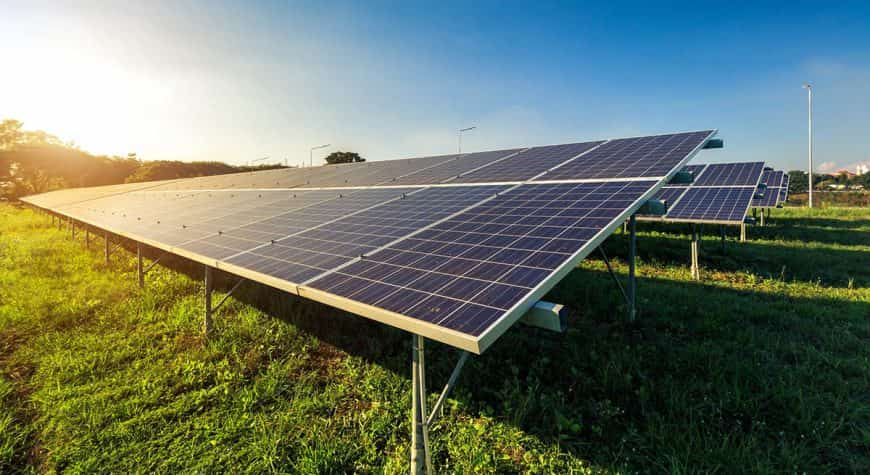Solar and power projects to supply 80% of electricity by 2027 in St Kitts and Nevis: Reports
The solar electricity project is being carried out in partnership with Castalia Advisors, a leading consultancy in the field.

St. Kitts and Nevis: Prime Minister Dr. Terrance Drew has announced in a recent national address that the country is poised to go green with the launch of a solar energy and battery energy storage system project, which will serve as a cornerstone of its clean energy transition.
He highlighted that the beginning phases of energy developments are currently taking shape in the Royal Basseterre Valley National Park and the plant is set to be completed by 2026.
The solar electricity project is reportedly being undertaken in partnership with Castalia Advisors, a leading consultancy in the field. The project is set to be completed with funding secured from development partners.
With the approval of the cabinet along with the feasible studies and land assessment already completed, the project is soon set to be issuing tenders for the engineering procurement and construction phase.
The solar farm is expected to supply over 30% of the island's electricity demand, significantly reducing the country's carbon footprint by cutting its dependence on fossil fuels and lowering energy bills. The system is slated to be operational by 2026, said the Prime Minister.
In consideration of the significant changes impacting the energy system, the Prime Minister went on to highlight another significant development that is set to enter the consultancy procurement phase - the upgrade of the Needsmust Power Plant, underway in collaboration with the Saudi Fund for Development (SFD).
According to the information, the Needmust Power Plant has already secured 40 million USD which is set to aid in the installation of an 18 megawatt dual fuel generation system. Its construction is set to begin in early 2026 and completed in 2017, reported Dr Drew.
The plant is set to have flexibility to operate on diesel and natural gas which will reduce long term operational costs.
Upon completion in early 2027, the new infrastructure is expected to supply nearly 50% of the nation's energy demand, which is crucial for homes, schools, the industrial base, healthcare facilities, and the Federation’s ability to integrate renewable energy sources such as solar and geothermal energy.
Author Profile
Monika Walker is a senior journalist specializing in regional and international politics, offering in-depth analysis on governance, diplomacy, and key global developments. With a degree in International Journalism, she is dedicated to amplifying underrepresented voices through factual reporting. She also covers world news across every genre, providing readers with balanced and timely insights that connect the Caribbean to global conversations.
Latest
- California: 93-year-old charged with murder after wife fatal...
-
Saint Lucian surfers mark historic debut at ISA World Junior... -
End of an Era: Newsday Newspaper shuts down after 32 years s... -
Young Trinidadian doctor Maryam Mohammed passes away in Indi... -
Dominica International Airport on track for phased completio...









